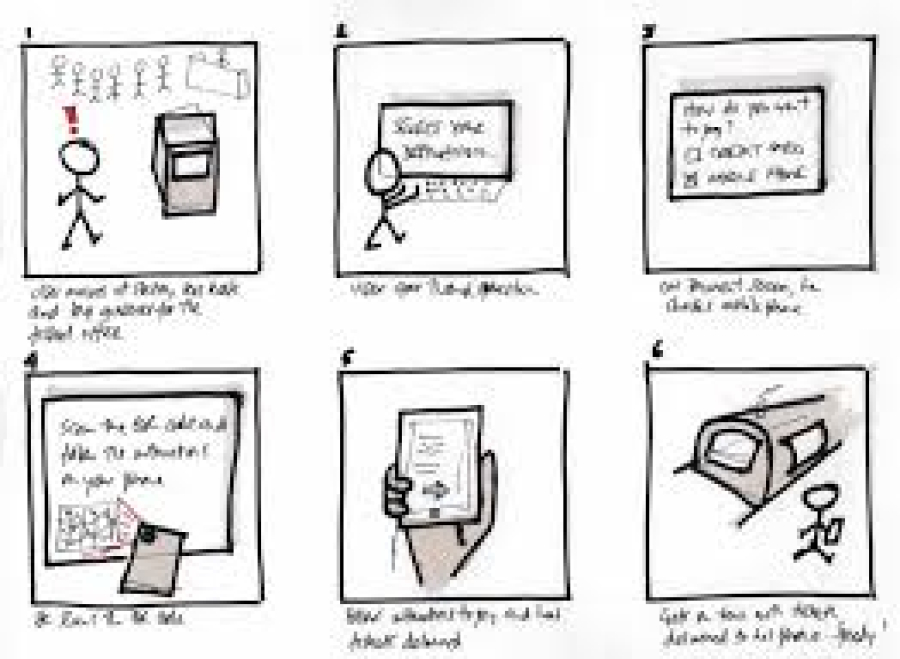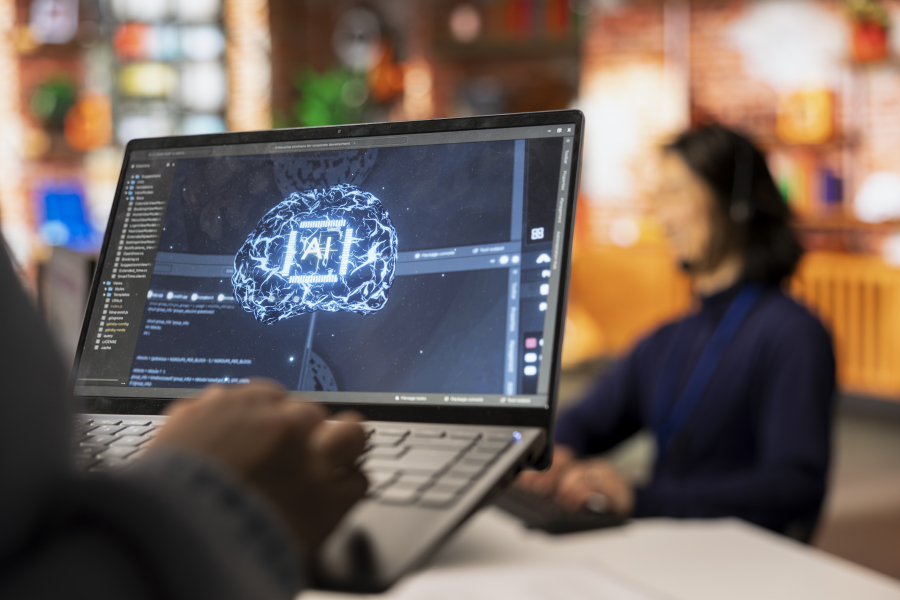Using Drones for Architecture Site Surveys
Using Drones for Architecture Site Surveys
This includes an engaging introduction, in‑depth long description (about 2,000 words), and relevant tags formatted with hashtags. No code or emojis included. The article uses clear point‑based structure for maximum readability and SEO impact.
Introduction
Unmanned aerial vehicles—or drones—are rapidly transforming how architecture professionals conduct site surveys. As a freelancer, integrating drone‑based surveying into your services can elevate accuracy, speed, and client trust. Drone surveys provide high-resolution imagery, detailed site measurements, progress tracking, and improved safety—especially for large, complex, or difficult‑to‑access projects. This comprehensive guide explores how freelancers can use drone technology effectively in architecture services, with tips on planning, execution, legality, cost strategies, and presentation techniques.
Long Description
1. Why Drone Surveys Matter for Freelance Architects
Traditional site surveys—manual measurements, physical site visits, ground‑level photography—are time‑consuming, error‑prone, and sometimes unsafe. Drones offer a modern alternative with distinct benefits:
Faster data collection: Capture entire sites within minutes using aerial imaging.
High precision: Combine orthomosaics and 3D models for accurate measurements.
Safe access: Survey rooftops, facades, and hard‑reach areas without climbing.
Progress tracking: Document construction milestones visually over time.
Client appeal: Deliver modern, tech‑driven service along with presentation assets.
As a freelancer, offering drone surveys positions you ahead of competition and allows added value in planning, feasibility studies, and presentations.
2. Types of Drone Outputs Useful for Architecture
Drone technology creates different deliverables useful for project development:
Orthophotos: Corrected aerial images offering distortion‑free views for site layout and context.
3D point clouds: Dense spatial data captured via photogrammetry for creating 3D models.
Digital surface models (DSM): Topographical maps showing ground, structures, and vegetation.
Contour maps and volume measurements: Crucial for cut‑and‑fill estimates in site grading.
Progress timelapse imagery: Visual records of project milestones.
Each output serves specific stages like zoning analysis, master planning, facade condition surveys, or client presentations.
3. Legal & Safety Considerations
Before launching a drone survey, freelancers must ensure compliance:
Licensing and permissions: Depending on your country (e.g., DGCA in India, FAA in the US), you may need drone pilot certification or Remote Pilot Authorizations.
Flight restrictions: Abide by no‑fly zones, altitude limits, proximity to airports or government buildings.
Insurance: Liability policies protect you during onsite operations.
Privacy concerns: Inform site owners and obtain necessary permissions to avoid legal issues.
Weather conditions: Avoid high winds or precipitation that may compromise safety or image quality.
A professional, compliant approach builds credibility and avoids reputational risk.
4. Equipment & Software Essentials
To start drone surveying, freelancers should prepare:
Drone hardware:
Mid‑to‑high tier drones such as DJI Mavic 3, Phantom 4 RTK, or Autel EVO II Pro.
GPS accuracy (RTK/PPK) for high‑precision mapping.
Payload options like LiDAR or higher resolution RGB cameras (20MP+).
Software tools:
Flight planning: DroneDeploy, Pix4Dcapture, DJI GS Pro for automated grid flight plans.
Photogrammetry: Pix4D, DroneDeploy, RealityCapture, Agisoft Metashape for 3D reconstructions.
Site analysis and drawing tools: AutoCAD, Revit, Rhino to integrate survey data.
Additional gear:
Extra batteries for extended flights.
Ground control points (GCPs) for georeferenced accuracy.
Sunshade canopy, memory cards, tripod for GCP placement.
A well‑equipped toolkit ensures accurate, consistent mapping deliverables.
5. Planning a Drone Survey Workflow
Successful drone surveying follows a structured workflow:
Step 1: Pre‑survey site assessment
Review site access, obstructions, GPS signal quality, and required permissions. Discuss with your client the expected deliverables—site orthomosaics, volumes, 3D models, etc.
Step 2: Define survey specifications
Determine ground sample distance (GSD), overlap (typically 70–80%), and flight altitude. Set target accuracies—e.g. 2 cm GSD for smaller project sites.
Step 3: Set up ground control points (GCPs)
Mark known reference points on the ground to calibrate images and achieve millimeter accuracy.
Step 4: Execute flight plan
Launch the drone mission, monitoring battery life and data capture consistency. Capture both nadir (straight down) and oblique images if facade or volumetric detail is required.
Step 5: Post‑processing
Process collected images into deliverables (orthomosaic, 3D model, DSM). Review alignment and refine using GCP corrections.
Step 6: Quality checks
Verify measurement accuracy, orientation, and completeness. Re‑fly if data gaps are detected.
Step 7: Deliver results
Provide clients with layered deliverables: JPEG/TIFF imagery, point cloud data (LAS/LAZ), contour overlays, volume reports, and PDF summaries.
6. Use Cases for Freelance Architecture
Freelancers can apply drone surveys across multiple project types:
Site feasibility and terrain analysis: Evaluate slope, topography, water flow, and vegetation.
Facade condition assessments: Document building cladding issues, roof damage, or external degradation.
Construction progress tracking: Provide visual updates at each milestone—foundation, framing, finishing.
Volume calculations: Useful in earthwork estimation, material stockpile control.
Heritage and adaptive reuse projects: Create accurate 3D visuals of historic structures for restoration planning.
Highlighting these services on your portfolio attracts clients managing site development or renovation projects.
7. Costing Strategy & Pricing Models
As a freelancer, assign fair value to drone surveying service:
Component pricing:
Initial site travel and setup: Field visit, GCP placement, setup time.
Flight mission: Battery usage, flight time.
Processing: Software license access and cloud processing costs.
Deliverables: Data export, CAD/GIS integration, report compilation.
Pricing models:
Flat package: Standard deliverables for a set fee (e.g. orthomosaic + DSM + site plan).
Hourly: Fieldwork plus post‑processing billing.
Value‑based pricing: Align your fee to the cost savings, timeline acceleration, or insight value you provide to developers.
Include disclaimers for re‑surveys or site changes. Offer volume or bundled discounts for recurring clients or phased projects.
8. Presenting Drone Survey Deliverables to Clients
How you present data is as important as the data quality:
Visual summary map: Highlight key zones, access pathways, and site orientation.
3D model viewer: Embed interactive 3D models (Sketchfab, PDF3D) for client exploration.
Overlay diagrams: Show overlay of topography on CAD plans or zoning maps.
Progress storyboards: Time‑coded site photos and plans illustrating construction milestones.
Analytical reports: Volume comparisons, site footprint coverage, slope zones, areas prone to flood or erosion.
Professional presentation builds trust and reinforces your freelancer brand as being technically capable and visually persuasive.
9. Marketing Your Drone Survey Services Effectively
To attract developer and architectural clients:
Add a "Drone Surveys" service page with SEO‑rich content: keywords like “site drone mapping,” “architecture site survey drone,” “freelance drone surveying.”
Share case studies on your site or LinkedIn demonstrating before/after site maps and measurable client benefits.
Offer sample deliverables to new prospects as part of a discovery call or site audit.
Network with developers, surveyors, and engineers at real estate or planning conferences.
Offer bundled packages—e.g. preliminary 3D masterplan with site drone survey.
Position yourself as a one‑stop resource combining design and site intelligence.
10. Challenges & How to Overcome Them
Freelancers must be aware of these potential challenges:
Data processing time and cloud fees: Use efficient meshes and prioritize necessary outputs.
Weather delays: Schedule flexible windows and monitor forecasts ahead of time.
Access issues: Confirm landowner permissions and site access in writing.
Battery logistics: Carry backup batteries and charge adapters on site.
Data storage: Plan for large file transfers using cloud storage—Dropbox, Google Drive, etc.
Proactive planning and clear communication help ensure smooth project delivery.
11. Skills Development & Continuing Education
To build this service area:
Pursue certified drone pilot training or drone survey certifications in your region.
Learn photogrammetry software workflows through online courses or the software vendor’s training.
Stay updated on privacy and drone regulation changes.
Join communities such as UAV mapping forums, architecture tech groups, or drone‑specialist meetups.
Practice with open‑source datasets and drone simulators to refine your technique.
Continuing education makes you stand out as a credible technical service provider.
12. Future Trends & Opportunities
Drone technology related to architecture is evolving—and freelancers who stay adaptive will benefit:
LiDAR‑equipped drones for more precise 3D capture in vegetated areas.
Real‑time site monitoring using ground and aerial sensor networks.
AI‑powered image analysis for detecting structural damage, vegetation health, or terrain risks.
AR overlays that merge drone imagery with building models or zoning data for real-time walkthroughs.
Automated drone missions tied to project milestones for ongoing clients.
Offer high‑tech packages to attract developer clients looking for cutting‑edge project intelligence.
Conclusion
Utilizing drones for architecture site surveys is not just a trend—it’s a powerful tool that adds precision, efficiency, and value to your freelance architecture services. By mastering drone equipment, photogrammetric workflows, legal compliance, and client presentation techniques, you can differentiate your offerings and command higher rates.
As a freelancer on freelancerbridge, positioning drone surveying as part of your core deliverables allows you to serve developers, planners, builders—and deliver technically driven designs with confidence and clarity.


 by Emily
by Emily




